Top 7 UX Trends to Watch in 2021
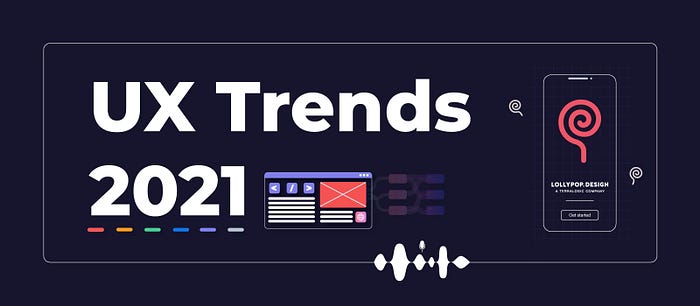
Introduction
Every year a new crop of design trend emerges from the work of previous years’ labor, all of them promising to revolutionize user experience and improve the users’ quality of life. Some trends delight and inspire, some make your eye ache. New grows old and sometimes old is new again. These trends are in a cycle that keeps changing according to the changing taste of customers while adapting to the way our perception of interaction with everyday objects changes. Navigating these changes is one of the challenging yet exciting aspects of a career in design. The evolution of users’ taste and emerging technologies keep our design skills sharp. As 2020 winds down, we’re now looking ahead. In this article, we look at the latest UX trends that product designers and innovators need to look out for in the coming year.
1. UX writing and microcopy will mature
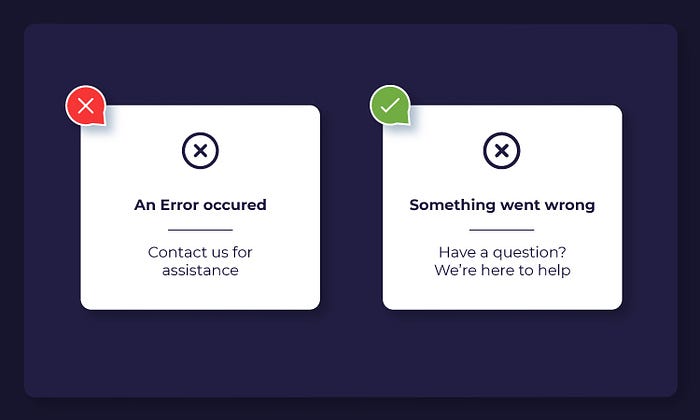
It is nowadays observed that many companies have changed the communication style when it comes to content in apps and websites. They aim to make it less formal and try to keep as close to a casual dialogue, hence making the users comfortable. Microcopy has thus become a new profession of UX designers. Some companies are not at all afraid to add a little humor into the conversation. Microcopy will no longer be a concealed UX topic to be discussed by industries only. It will be of more significance to today’s digital experience. It will make users expert by helping them navigate flawlessly and comprehend functionality, and will also give rise to brand engagements through the tone of the voice. In 2021, UX writers will focus on delightful informative microcopy and ways to balance brand personality with precision.
2. Voice commands will become (even more) widespread
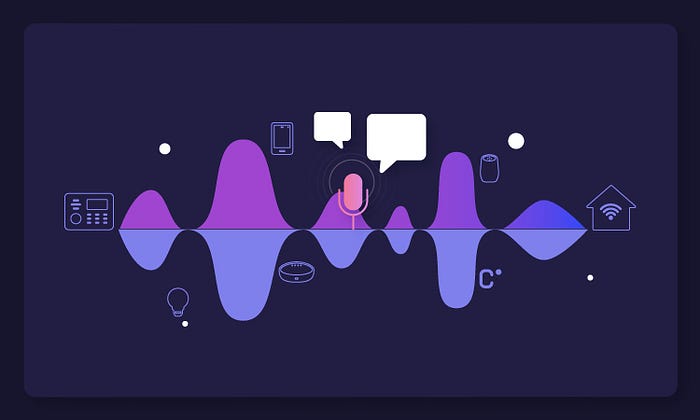
Virtual assistants and voice interfaces clearly represent one of the several emerging technologies from years. They are clearly influencing the way users interact and search for information, carry out their daily tasks, and so on. Google, Apple, Microsoft, and Amazon with other companies implemented Voice User Interface (VUI) to offer users the best experience and this is why there has been a surge in personal assistant apps. Where voice-activated interfaces are not commonplace for most websites and apps, the trend is nowhere getting lost in the foreseen future. In 2021, we can see more and more websites and apps adapting to a voice-activated search along with the traditional search option.
3. Mobile-First Design is more critical than ever
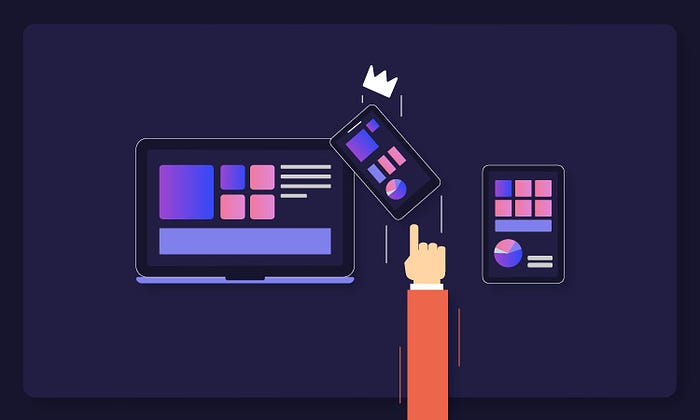
Due to the pandemic situation, more and more individuals are adopting mobile as their main device to consume information, as mobiles are more accessible, personal and they are almost like an extension of oneself. Thus it is no longer enough for a website or an application to function on the computer only: they also need to be rich in features, responsive, and functional on mobile devices all at the same time. Nowadays the design concept for websites and applications are created based on mobile interfaces. Previously, websites and applications were designed around the computer’s functionalities. The importance of responsive design is well documented now and is no longer an option, but a priority.
4. UX will be intentional about ethical design
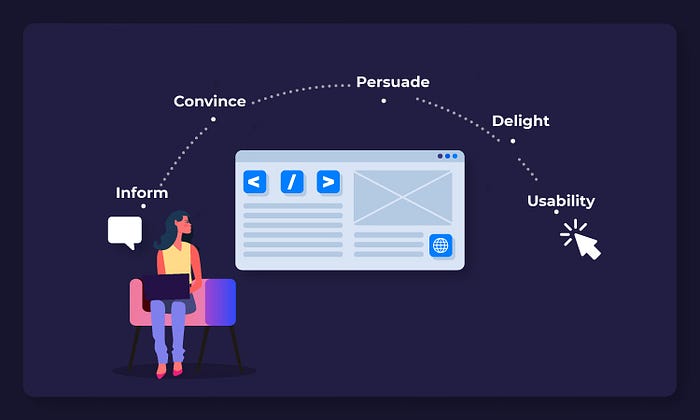
UX dark patterns. Addictive design features. Data mining. We all know that these things exist. We also know the sneaky tricks that subtly influence users’ decision-making process. And companies use these design tricks intentionally to take advantage of the customers. For relief these methods have now been exposed, prompting designers and businesses to carefully weigh the implication of their design decisions. In 2021, designers will encounter more and more clients desiring to make ethical design in their products a top priority. In turn, more designers’ will need to become familiar with the ethical design standards while learning how to really examine users’ decisions through the lens of ethical frameworks.
5. Gamification will drive curiosity and excitement

Gamification is widely used in applications and websites since it is thought to solve UX problems. The exact use of gamification with well-known game mechanics will become an expert tool for UX designers to increase user engagement and also the conversion rates. The excitement and curiosity are really driving users to spend some more time on the app and websites to perform any specific task. Plenty of designers have already caught the hype and are applying these methods in various projects. That’s why many users might already have an experience of interacting with gamified products and might expect the same with other products as well. Summing it up, 2021 will bring out gamification as a new technique to a path of actively proving its reliability as an efficient and effective design product.
6. Data Visualizations and Infographics will dominate Social
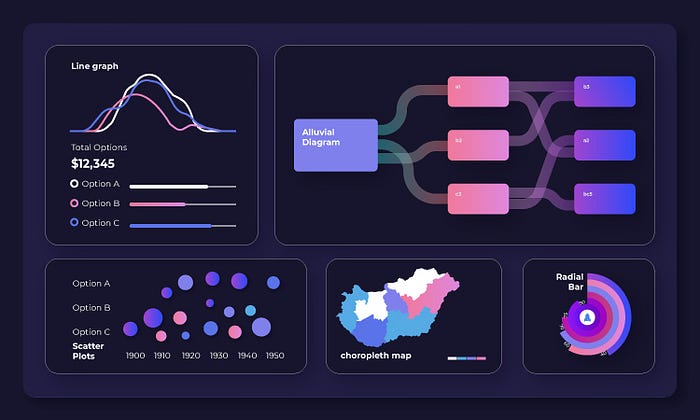
The COVID-19 pandemic and the widespread unrest that ensued are the turbulent times we are facing in 2020, which creates a need for transparent communication to the population. Data visualization has always been a trend with respect to showing information clearly to make a better user experience. In many cases, data is responsible for gaining or breaking the faith of users and hence needs to be represented accordingly. Users have started taking decisions based on the information that they see due to the change in their mental models.
In such cases, it’s the duty of the designer to make data as easy to consume as possible by making it simpler, more interactive, and easily shareable so that many more users can take advantage of critical information.
7. AI Will Push Web Accessibility to the Next Level

To stay ahead of the curve companies have started incorporating accessibility into their websites. Various Artificial intelligence (AI)- based technologies are being introduced into interfaces that are bound to make them more accessible for users, especially the disabled. Language translation, automatic captioning, information summarizer, facial recognition are some wonders of AI that are reducing the gap between humans and machine interfaces. In 2021 and the coming years, we are likely to see a myriad of such inventions that will increase the production and performance of all the assistive technologies along with teams and organizations involving AI services in the design process.
Conclusion
Prognosticating the future of design is a tricky adventure. Some trends explode from a dubious state to lighting up the sky but then soon start fading away. Others start slow, glowing brighter everyday until they’ve completely affected our everyday design decision.
At Lollypop, we truly believe that the end goal of a product is to make users achieve their goal by making the product less complex and more seamless. For the same, designers need not necessarily put all the trends in one particular product and make its usability complex. Instead, keep themselves updated on trends and apply the ones that suit the user’s and business’s needs the best!
Author: Anjali Ajit Deswandikar — Lead- UX Designer at Lollypop Design Studio, Arjun Patel — UX Designer at Lollypop Design Studio

